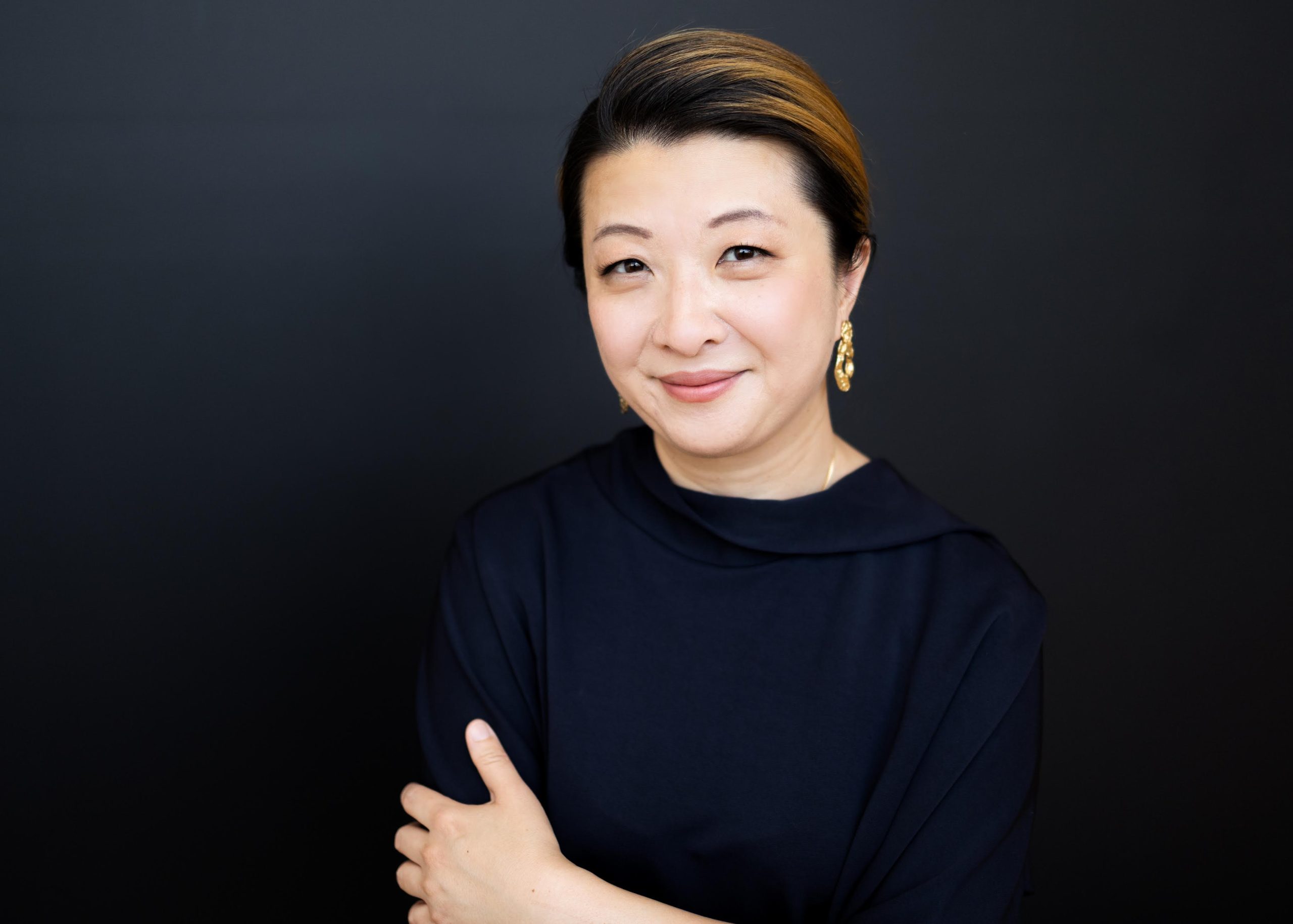by Stephanie Manning

The featured performer was pianist Shuai Wang, a faculty member at the Cleveland Institute of Music, whose poised interpretations and collaborative spirit made her a reliable presence throughout the afternoon. In her solo outing, Robert Schumann’s Fantasie, Op. 17, her musicality flowed effortlessly, undaunted by any of the dense technical work. The design of the space, with the curved wall behind the stage and medium-height ceilings, created a generally balanced acoustic — though it did muddle some of the loud, fast passages in the piano’s low register. Wang’s delicate cadences at the end of movements one and four were especially beautiful — gentle resolutions that felt like settling on a cloud.
First to collaborate with Wang was violist Samuel Rosenthal in Schumann’s Dichterliebe, Op. 48. Arrangements of this work are common, and it has been sung by all types of voices, but performing it without words poses a bit more of a challenge. Luckily, the result was no less engaging. Rosenthal’s rich, warm sound gave the viola a voice of its own throughout the seven selections the duo had picked, clearly conveying the range of human emotions he described for the audience before the piece began.
The largest collaboration was saved for after intermission, when violinist Annie Fullard and cellist Nagyeom Jang joined in for Johannes Brahms’ Piano Quartet No. 1 in g. The resulting group was somewhat unusual, with Wang and Fullard the more experienced musicians and Rosenthal and Jang still in their student days (both currently study at Julliard). There was also a familial connection — Rosenthal is Fullard’s son. It was a treat to see the ensemble come together to approach the work with focus and plenty of passion.
Jang’s warm, burnished cello sound was a welcome contrast to the higher voices, and her excellent rhythmic sense made for a strong foundation in places like the fourth movement. Sometimes her deep register got a little lost in the overall balance, which was often dominated by the violin and piano — both she and Rosenthal shone in solo moments but could have been more consistently assertive in terms of volume. Fullard was an energetic leader, and together the exciting frenzy of the fourth movement was a definite standout.
By the time the concert started to wrap up, the sun had begun to sink beneath the horizon, gradually fading St. Wendelin’s picturesque stained glass windows. The afternoon’s musical journey had come to an end, and the conclusion of the Brahms was very warmly received.
Published on ClevelandClassical.com February 22, 2022.
Click here for a printable copy of this article



